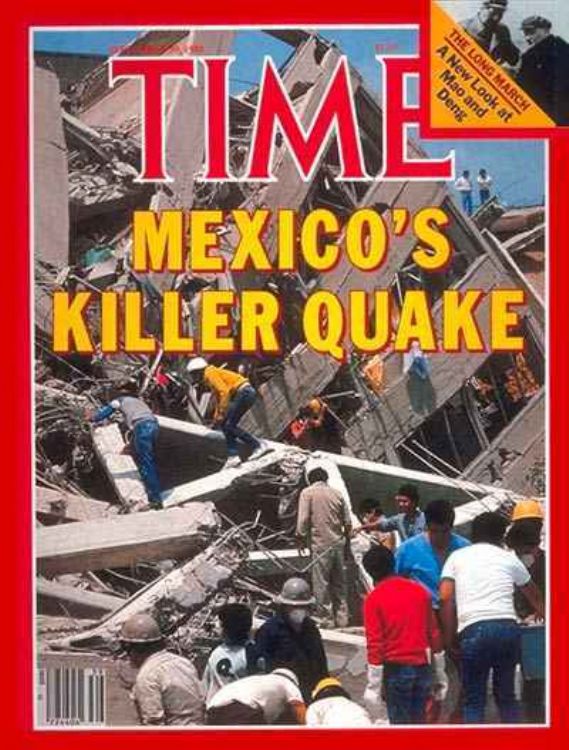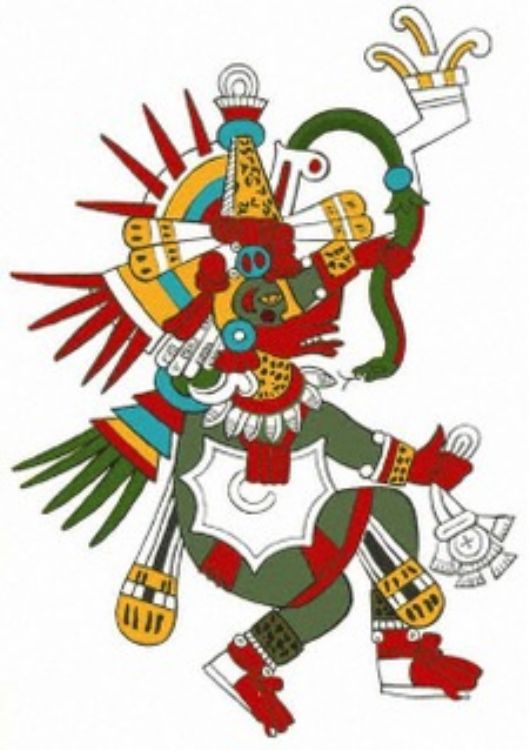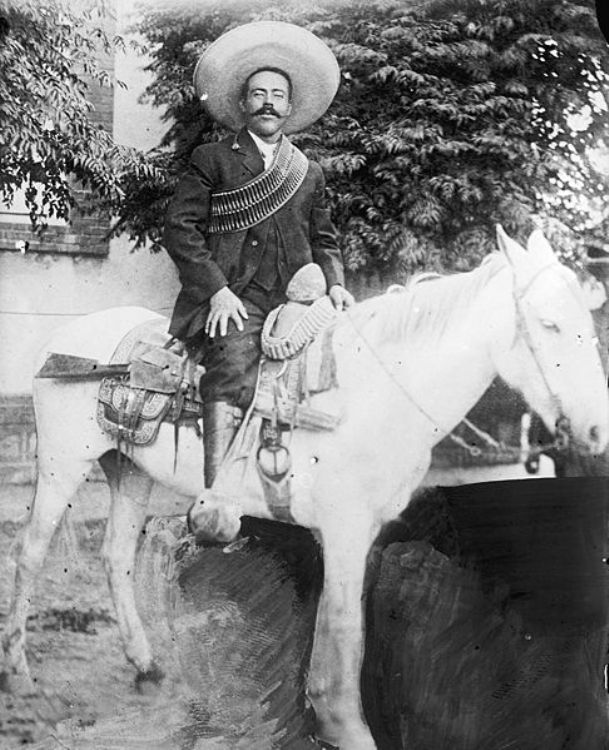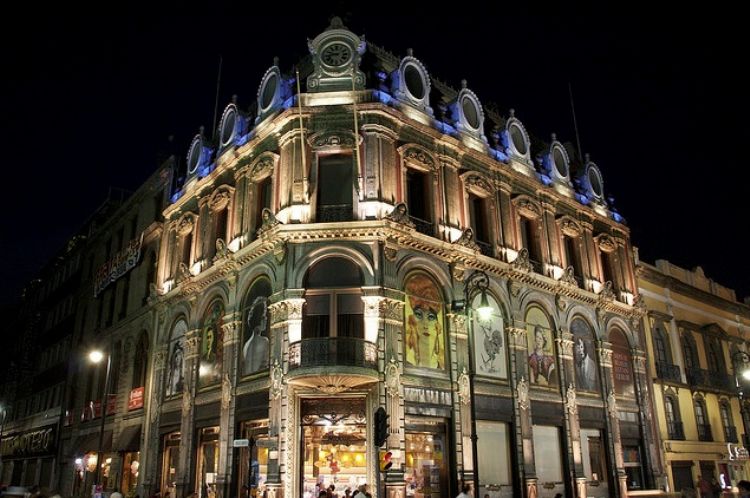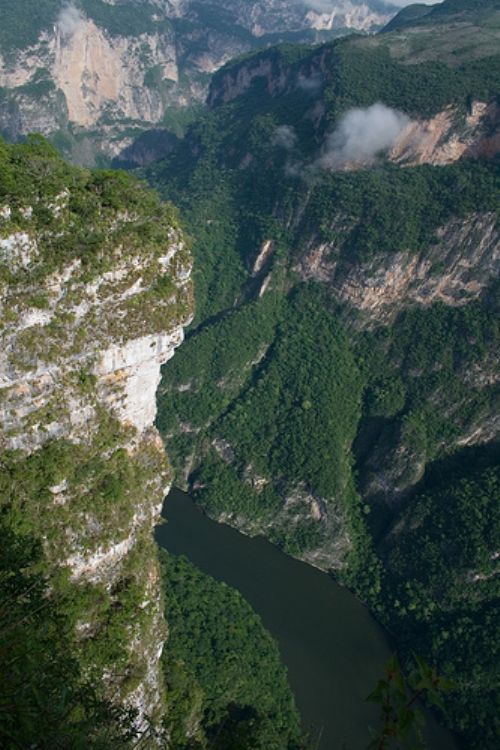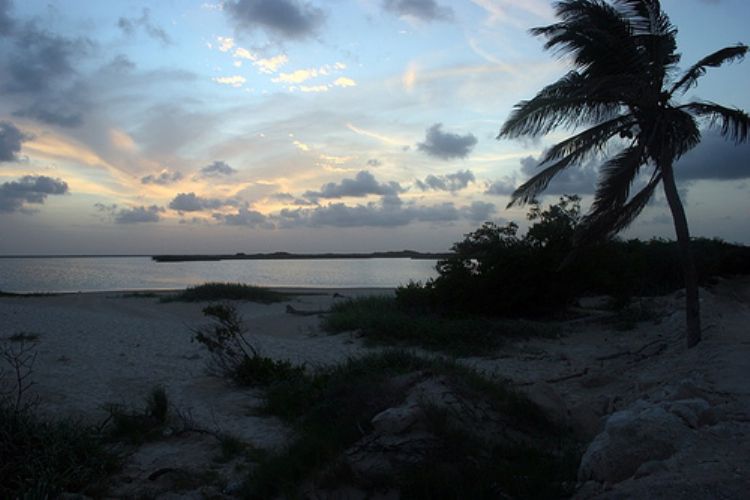The Museo del Desierto, (Desert Museum)
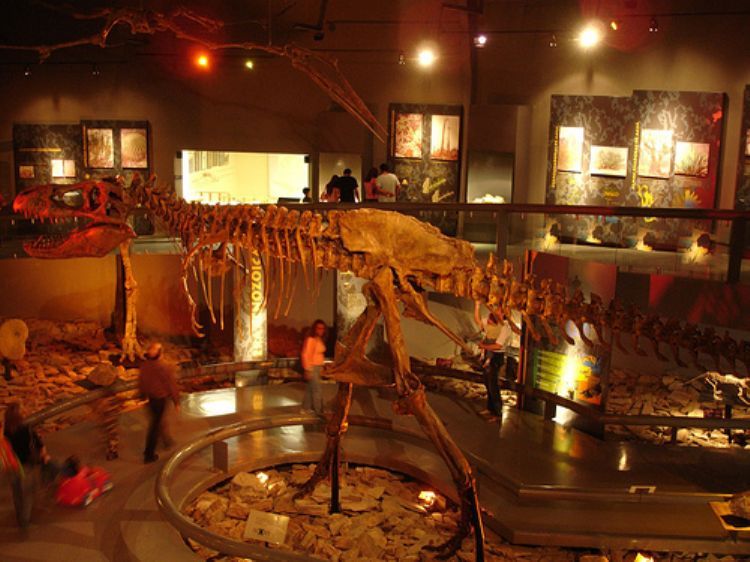
Located in the city of Saltillo in the State of Coahuila and inaugurated in 1999, the Museo del Desierto is one of Mexicoâs best and most important museums. Its design and content have earned the recognition of scientists and visitors alike. The greatest strength of this ambitious development is the way it integrates paleontology, geology, biology, anthropology, history and art into a profound knowledge of the desert. It spans over 12,300 square meters distributed in four pavilions, two patios and other areas.
Coahuila is a leader regarding paleontological discoveries in Mexico and this museum is a great promoter of research projects on the matter. It possesses some of the best preserved earth and sea fossils in the world. Currently, the museum is participates in a great paleontological research project together with the United States and Canada for the National Geographic foundation.
Pavilion I shows the Desert and its Past, the diverse geological eras that formed Earth and life, as well as the largest dinosaur fossils exhibit in the country. It exhibits the only Tyrannosaurus Rex piece in Mexico, an imposing skeleton more than 3 meters high and 11 meters long.
Pavilion II, Man and Desert, shows how the former dwellers of Mexicoâs northeast adapted to the desertâs hostile conditions throughout centuries and the theories explaining how humans started to populate the American Continent. There is also a very interesting exhibit on the fusion of European and Arab traditions into the desertâs culture.
Pavilion III, Evolution and Biodiversity, deals with the way species that inhabited the current State of Coahuila evolved through thousands of years. Three of the most impressive exhibits are in this pavilion. A mammoth; a short face bear measuring 6 meters in height, on of the largest mammals to ever live; and a sable tiger, a feline with enormous fangs for hunting. A family of bats lives in the replica of a cave, flying mammals that play in important role in nature.
At the Botanical Garden, visitors see the hundreds of different cactus forms, exhibiting more than 350 species and comparing Mexicoâs with those in the rest of the world. The reptile exhibit has more than 25 species and is the largest in Mexicoâs northeast, specialists can be observed while handling these surprising desert reptiles. The Biodome, unique in Mexico, shows the tropical climate in Coahuila more than 70 million years ago. There are flora species considered living fossils because they have been on the planet for millions of years.
Exhibits engage touch, hearing and sight to involve emotions; abolishing the mistaken idea that the desert is a poor and lifeless environment. Its exhibit halls offer many opportunities for participating through computers, activities, workshops and conferences.
In order to preserve its economic independence and integrity, the Museo del Desierto has alternative routes for income. It sells publications, cactuses reproduced from the seeds in its collection, original clothing designs from its Selección Natural brand, photographs, books and games associated to the desert.
Artículo Producido por el Equipo Editorial Explorando México.
Copyright Explorando México, Todos los Derechos Reservados.

